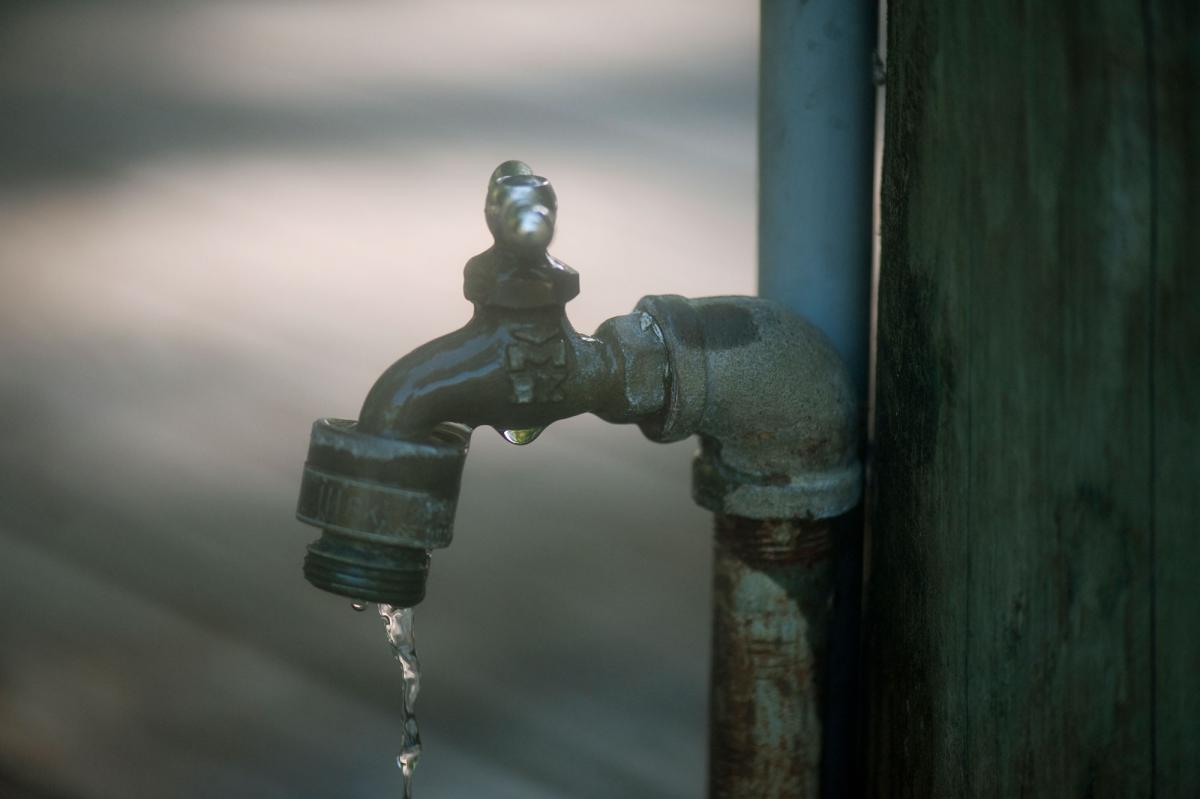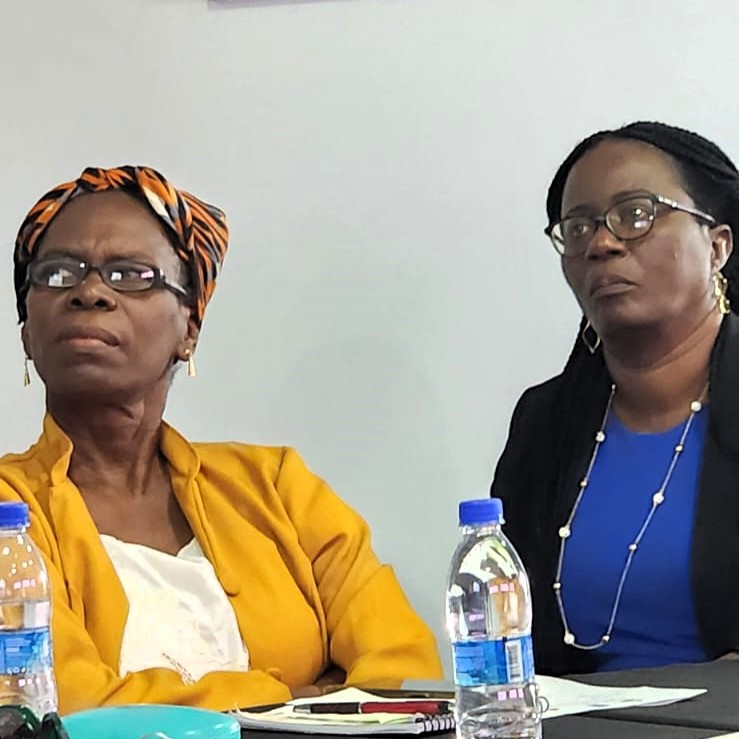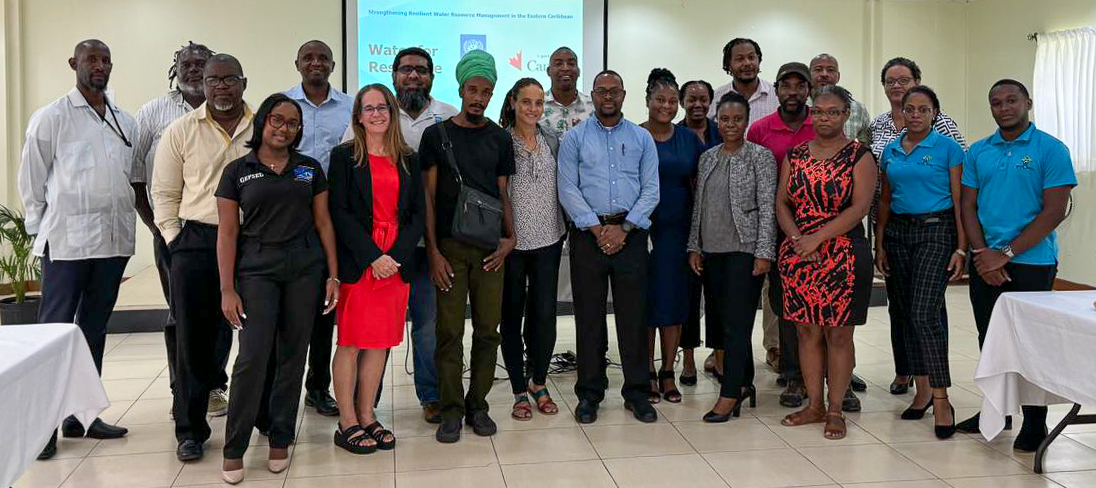The Central Water and Sewerage Authority (CWSA) is urging consumers to pray for at least two days of rain, per week, for the next few weeks, as the multi-island nation deals with the drought situation.
CWSA announced that the water supply is at 60 or 70 percent capacity and, while most residents in the northern part of the island are unaffected, in terms of their water supply, the drought is affecting 50 percent of its customers, to the point that they are without water for most of the day.
The Authority has since introduced a water-restriction policy, to ease the situation, and has warned the public, that under the law, it has the power to immediately disconnect any customer, who use its supply of water for activities, such as watering lawns, farms, recreational fields, and filling swimming pools.
Garth Saunders, CWSA’s Chief Executive Officer, reported that, for the first four months of the year, all five of the CWSA’s major water systems in St. Vincent have, on average, experienced rainfall amounts, totalling 40 percent below the 10-year average.
“Rainfall for April was 60 percent below the average monthly figure, while rainfall in May fell from 248mm in 2019, to just 48 mm in 2020,” the CEO revealed, adding that since January, there has been a 40 percent reduction in rainfall; and since May, there has been a significant fall-off from that already lower rainfall volume.
Rainfall, Saunders noted, translates directly to river flow and water availability for the CWSA, which has seen a 35 percent reduction in capacity on its five water collection and distribution systems.
“It means that we have devised a plan, and we have done so, where we are trying to ensure that our customers get water, at some point, for at least six hours during a 24-hour period,” he said, referring to the water rationing that has been in effect, over the past few weeks.
“And, I guess consumers may ask the question, ‘So why is it varying? Why are the times varying, when we can get water?’” Saunders said, noting that the answer is, while the CWSA has scheduled time when water will be available, it is not always able to meet those times.
Saunders promised that the CWSA would try, as much it can, to explain when it will be making the changes.
“But it is not always possible, and that is because of the unpredictability of the demand. When we supply water to a particular area, or restrict water to a particular area, we are doing so with an objective, and the objective is to be able to achieve an increment in storage.
“If, however, the demand goes up, in a particular area — because we have no control over that — that affects our ability to come back online. So it means that, both by varying the quantity and the rate, at which water is used, that can affect our turn-on and turn-off time,” Saunders said.
He, however, gave customers this guarantee: “The guarantee is that you will get water, but we may not always be able to stick to the schedule that we have announced.
“Because it is fluid and we need the public to understand that it’s a crisis and it’s a situation, of demand — it’s not that we are giving out discrete amounts of water, discrete fixed amount of water.
He said that CWSA wants customers to understand that when they have water at their premise, they should try their best to store it, “so you can tide over the period that you won’t have any water”.
Regional forecasters have said that the region could expect to see some relief from the hot, dry conditions by the end of June.
“I am not a person, who makes those predictions, but we hope that, in the coming weeks, one or two days a week of rainfall will help us to bounce back, very quickly, because our system is fairly resilient and we just need one or two days of rainfall; and I think we will be back up to 60-70 percent capacity. It wouldn’t happen right away, but it would happen in a day or two,” Saunders said.
(CMC)




